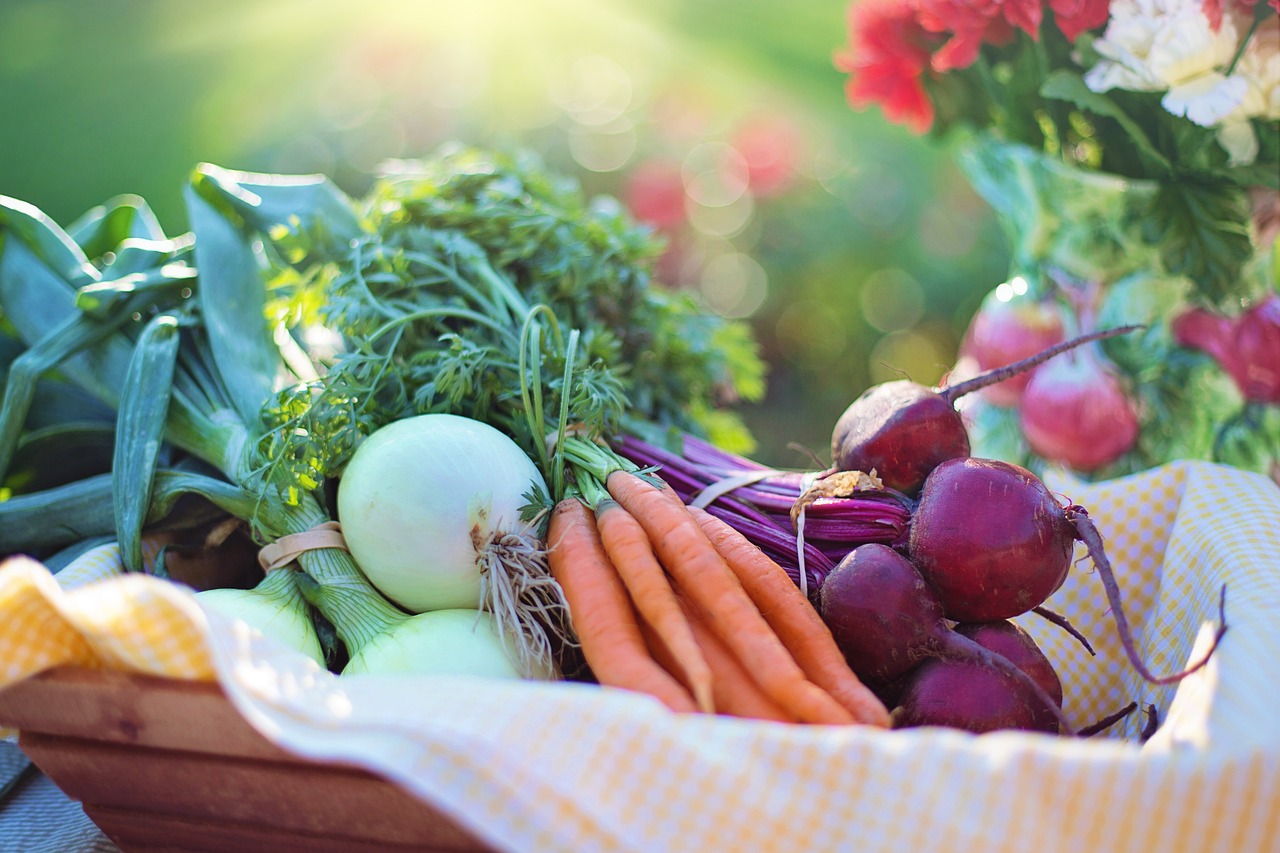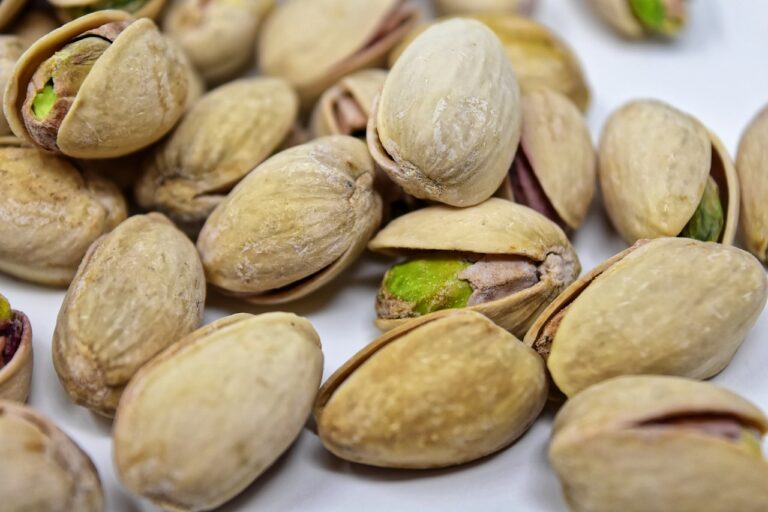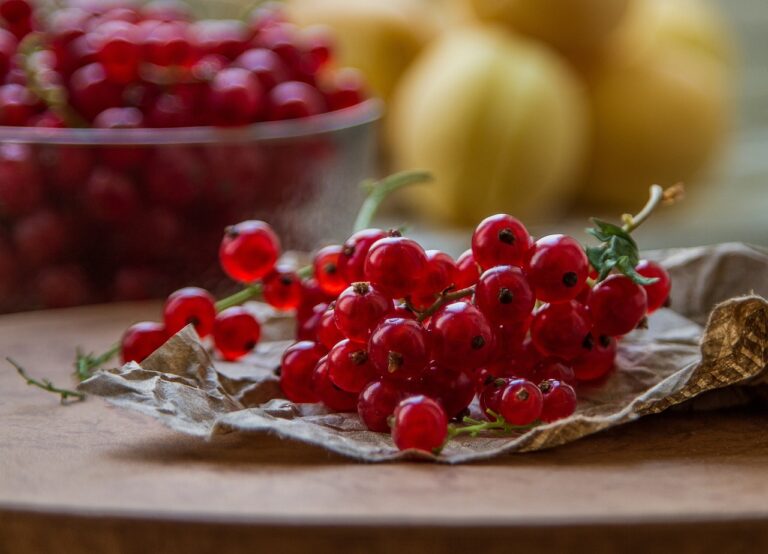The Future of Aquaponics and Sustainable Fish Farming
Aquaponics offers a sustainable and eco-friendly method of food production by combining aquaculture with hydroponics. This innovative system allows for the cultivation of both fish and plants in a symbiotic environment, where the waste produced by the fish provides nutrients for the plants, and the plants, in turn, help purify the water for the fish. By mimicking a natural ecosystem, aquaponics promotes the efficient use of resources and minimizes waste, making it a highly efficient and cost-effective way to grow food.
One of the key benefits of aquaponics is its ability to produce a wide variety of crops and fish in a relatively small space, making it an ideal solution for urban farming and small-scale growers. This system can be set up in a backyard, greenhouse, or even indoors, allowing individuals to grow fresh produce and fish year-round, regardless of climate or location. Moreover, aquaponics requires less water compared to traditional farming methods, making it a sustainable option for regions facing water scarcity.
Increasing Popularity of Sustainable Fish Farming
Sustainable fish farming has gained significant traction in recent years, with more farmers and consumers recognizing the importance of responsible and eco-friendly aquaculture practices. By integrating aquaponics systems that combine fish farming with plant cultivation, farmers are able to create a closed-loop system that maximizes resource efficiency and minimizes waste. This method not only produces high-quality fish but also yields fresh vegetables and herbs, making it an attractive solution for those looking to promote sustainability in food production.
As consumers become more conscious of the environmental impact of their food choices, sustainable fish farming provides a way to enjoy seafood without contributing to overfishing or habitat destruction. With the ability to control water quality, minimize disease risk, and reduce reliance on wild fish stocks for feed, aquaponics offers a promising alternative to traditional fish farming methods. The increasing popularity of sustainable fish farming reflects a growing demand for ethically sourced and environmentally friendly seafood options in the market.
What are some benefits of aquaponics?
Aquaponics is a sustainable farming method that combines aquaculture (fish farming) and hydroponics (growing plants without soil). It uses significantly less water than traditional farming methods, reduces the need for chemical fertilizers, and produces both fish and vegetables in a closed-loop system.
Why is sustainable fish farming becoming more popular?
Sustainable fish farming is gaining popularity due to increasing concerns about overfishing, environmental degradation, and food security. Consumers are becoming more conscious of where their food comes from and are seeking out more sustainable options.
How does sustainable fish farming help the environment?
Sustainable fish farming practices can help reduce pressure on wild fish populations, decrease pollution from waste and chemicals, and conserve water resources. By implementing environmentally-friendly practices, fish farmers can contribute to the overall health of our ecosystems.
Are there any challenges to implementing sustainable fish farming?
While sustainable fish farming offers many benefits, there are challenges that farmers may face such as high initial investment costs, technical expertise required, and the need for proper monitoring and management of the system. However, with the right support and resources, these challenges can be overcome.
How can consumers support sustainable fish farming?
Consumers can support sustainable fish farming by choosing products from farms that prioritize environmental and social responsibility, looking for certifications such as ASC (Aquaculture Stewardship Council) and MSC (Marine Stewardship Council), and advocating for sustainable practices within the industry. By making informed choices, consumers can help drive positive change in the way our seafood is produced.







